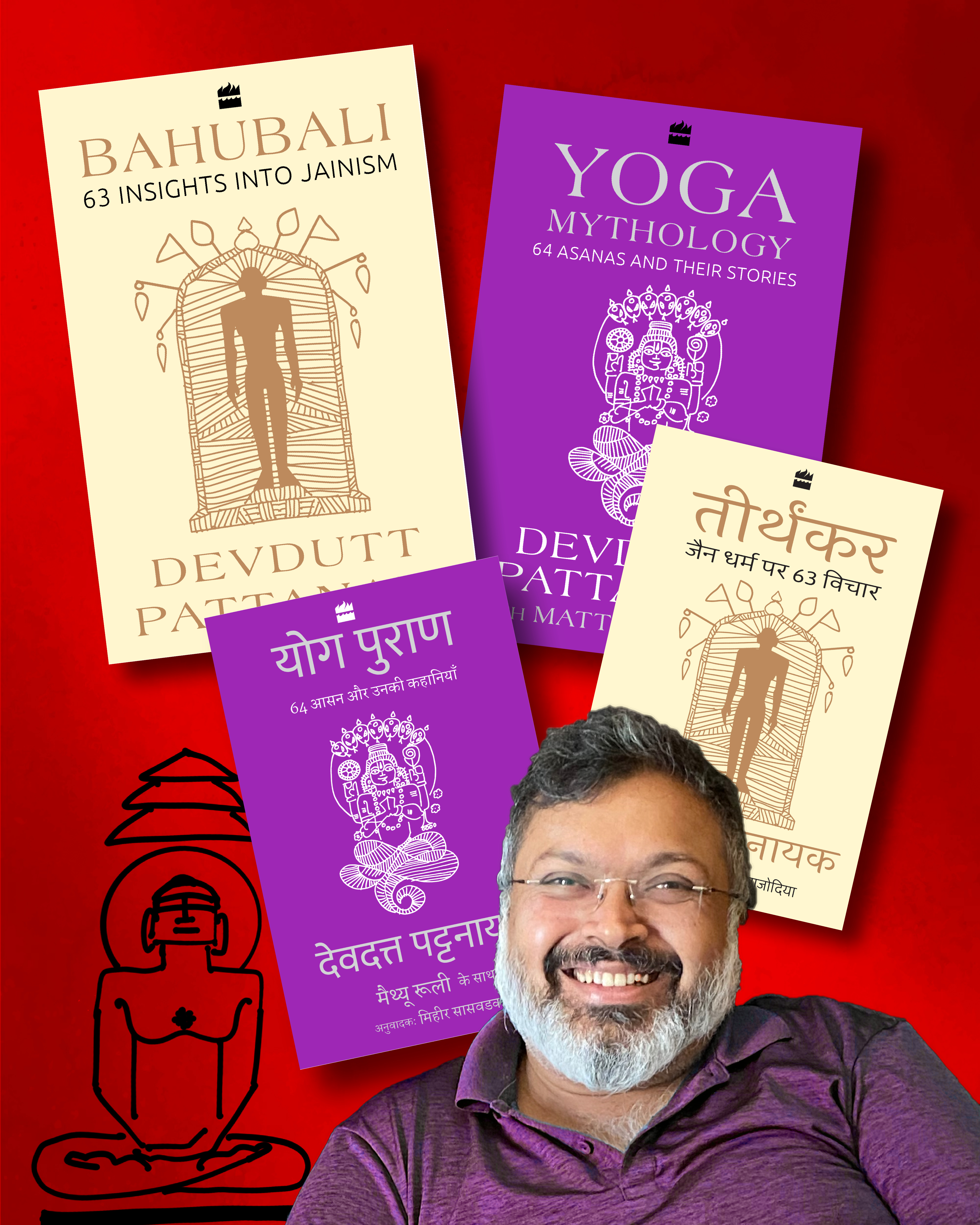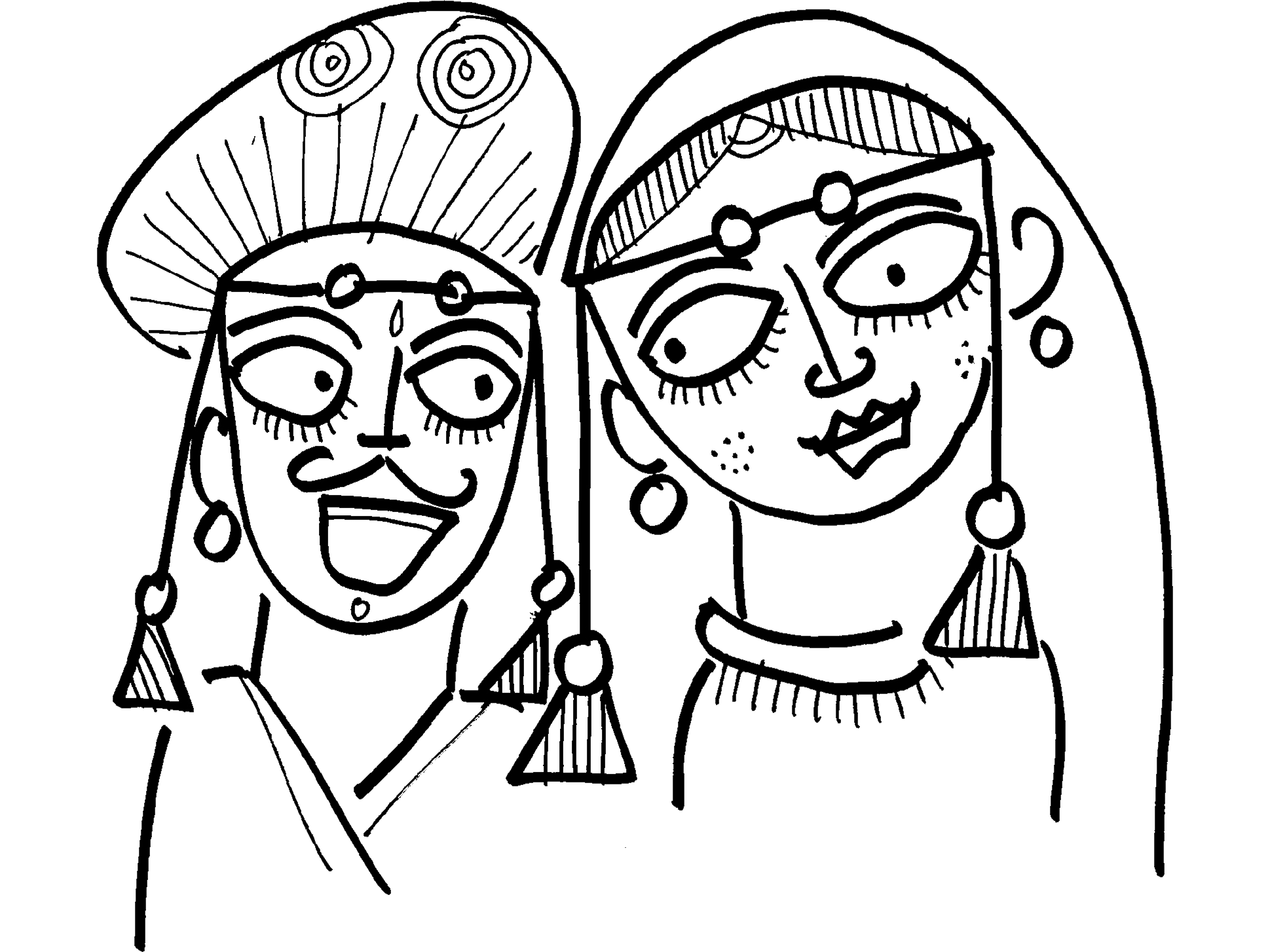Published in Speaking Tree on Oct 07, 2012.
Bhisma refused to die until the rising sun was on its northerly course, the Uttarayan. Perhaps because Dakshinayan, when the rising sun is on its southerly course, is associated with the ancestors, the Pitr. Maybe Bhisma did not want to meet the Pitrs who were upset with him because he had chosen to stay celibate and father no children, thus denying them the opportunity to be reborn.
Hindu mythology is full of stories of ancestors appearing in dreams of celibate sages like Agastya and Jamadagni demanding them to produce children. They are believed to hang upside down like bats, looking at the world of humans longingly, waiting for another chance to be reborn, pay their karmic debts and be liberated.
Hindu believe in rebirth. After a person dies, a portion of his body — memory of unpaid debts — outlive him. This portion crosses the river Vaitarni and enters the land of the dead, Yama-loka, where it lives as Pitr. If unable to cross the Vaitarni, the dead stay back in the land of the living as a Preta, a ghost, troubling humans until someone performs the rituals that facilitate passage across Vaitarni. This is the principle that forms the foundation of shraadh, the funeral rituals of the Hindu.
The purpose of funeral rituals in Hinduism is twofold. First, to encourage the dead to leave the land of the living and go to the land of the dead assuring them that they are not being missed on earth and their wishes are being fulfilled. Second, to reassure them that attempts are being made to facilitate their rebirth by ensuring the living get married and produce children.
Childless couples often perform shraadh for themselves or special shraadhs to inform the ancestors that they tried their best but were not able to repay the pitr-rin, or debt of ancestors. Every living creature is in debt of those who came before him and repays it by helping the dead being reborn. This is the cycle of samsara or birth and death achieved marked by samskaras or milestone rites of passage such as marriage, childbirth and funeral rituals.
While shraad is performed for ancestors around death anniversaries, it becomes difficult to sustain this ritual every year. So in the fortnight between Ganesha’s worship over 10 days and Durga’s worship over 10 days, shraadh is conducted for the collective of ancestors (sarva-Pitr). It is the time when the dead are believed to be closest to the living. Though respected, the dead are also feared. The rituals are conducted such that while the ancestors, though respected and missed, are not made to feel too welcome, lest they stay back as ghosts. Hence they are fed in a peculiar way.
The proper way of serving food for Hindus is with the right hand, the wrist being twisted counterclockwise towards the body. This indicates love, affection and inclusion. The dead are fed using the right hand (indicating respect) but by twisting the wrist clockwise away from the body (indicating their place outside the world of the living). Also the performer of the ritual does not wear the sacred thread over the left shoulder; he wears it over the right shoulder.
The dead are represented using food: balls of mashed rice. Why food? Because food is digested to produce flesh, and it is flesh that the dead lack and yearn for. Why mashed rice? To remind the dead they have no identity just like individual grains of rice and also because the bodyless-ancestors have no teeth. Thus the pinda represents the body of the ancestors as well as food for the ancestors. Pinda is immersed in water as water represents dissolution and impermanence. Or it is fed to the crow, whose cawing, “Ka, Ka,” sounds like “Why? Why?” compelling the living to introspect on the value of life.











